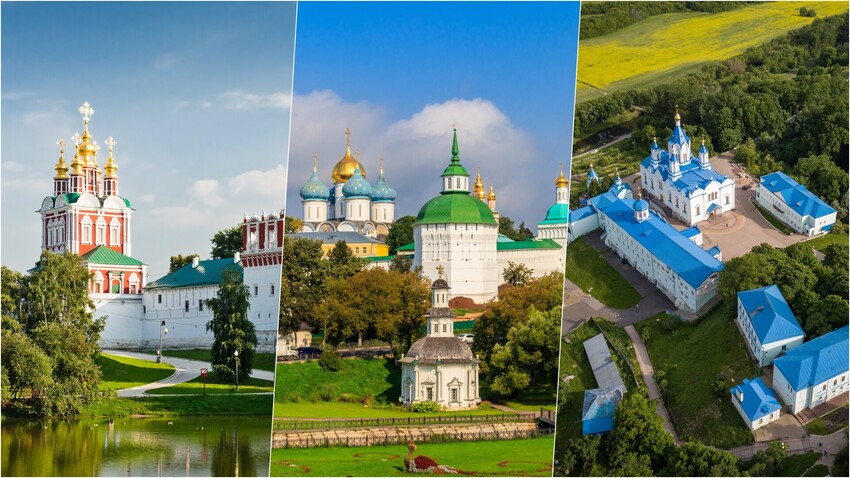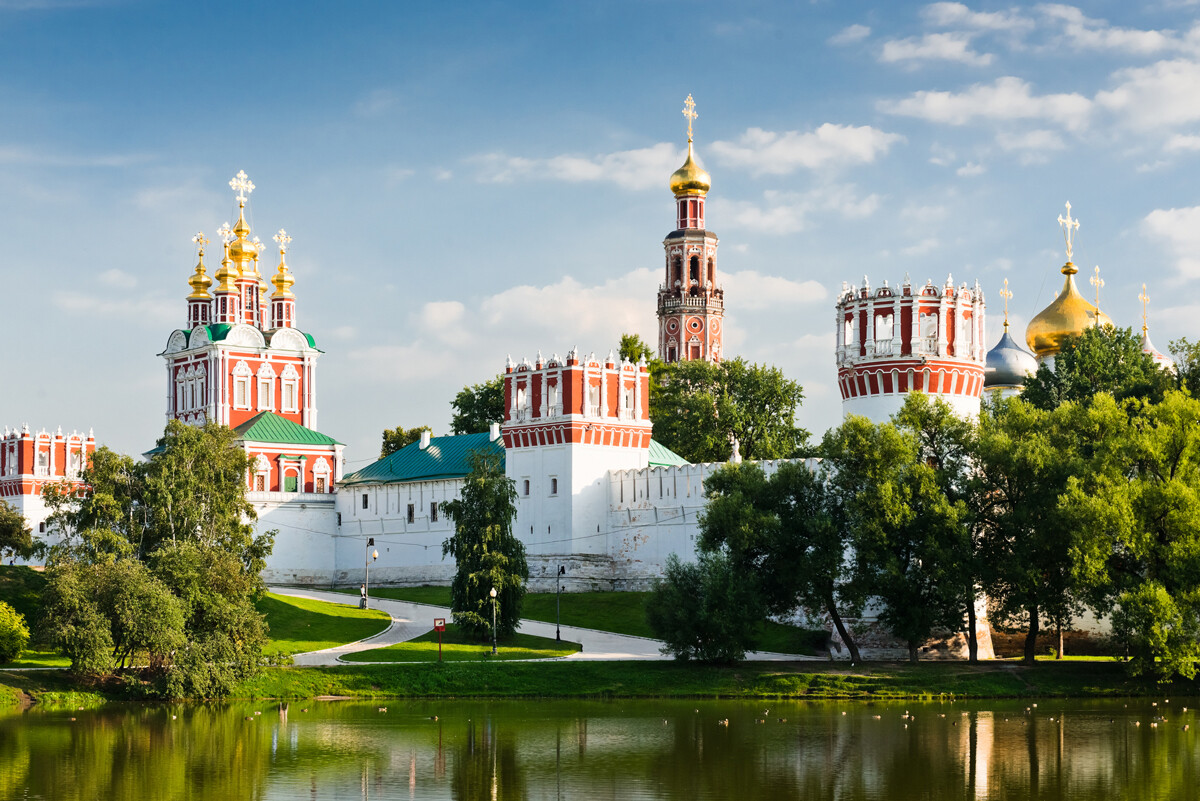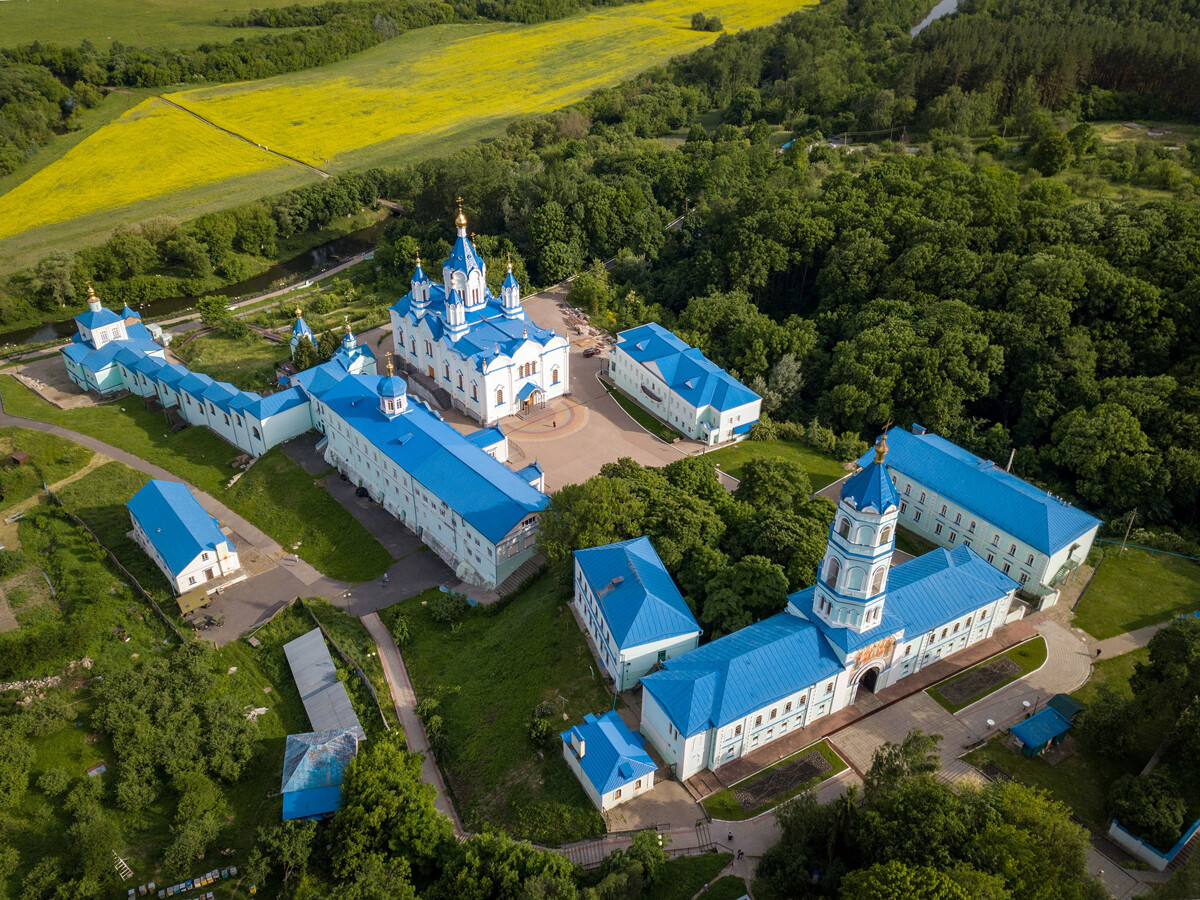

A ‘monastyr’ (‘monastery’) is governed by a single set of rules and all buildings form part of one combined institution - as, for instance, at the Novodevichy Convent in Moscow, the Solovetsky Monastery in the White Sea or the Savior Monastery of St. Euthymius in Suzdal. The so-called stauropegic religious houses stand apart from the rest in that they are not subordinated to the local church authorities, but to the Patriarch or Synod. The name is derived from the Greek ‘stauros’ (‘cross’) and ‘pegnumi’ (‘to fix’) and, indeed, the patriarchs personally installed the crosses at these institutions. There are only just over 30 stauropegic ‘monastyrs’ in Russia. They include the Danilov and Donskoy monasteries in the capital, and the Solovetsky and Valaam monasteries on the Solovetsky Islands and on the Island of Valaam.
It is an interesting fact that in the Russian language, the word ‘monastyr’ is used for both male and female institutions, unlike English, which distinguishes between monastery and convent.

So, what is the difference between a ‘lavra’ and a ‘monastyr’? Firstly, ‘lavras’ played a particularly important role in Russian history. Secondly, they are male-only institutions. And, thanks to their high, sturdy walls, these large religious houses offered protection against raids by nomadic armies. There are just two ‘lavras’ in Russia: the Alexander Nevsky Lavra in St. Petersburg and the Trinity Lavra of St. Sergius in Sergiyev Posad. The latter, as it happens, is also considered a stauropegic monastery.

Isolated ‘pustyns’, meanwhile, were built at a distance from monasteries and away from all earthly distractions. And they only had a single church. At the same time, they could, with time, grow to be quite large religious houses, but the word ‘pustyn’ would be kept in their name. For instance, the Korennaya (‘Root’) Pustyn in Kursk Region was built on the site where the Kursk Korennaya Icon of the Mother of God had appeared. Once, there was only a single modest chapel there, but, today, there are five churches.
Dear readers,
Our website and social media accounts are under threat of being restricted or banned, due to the current circumstances. So, to keep up with our latest content, simply do the following:
If using any of Russia Beyond's content, partly or in full, always provide an active hyperlink to the original material.
Subscribe
to our newsletter!
Get the week's best stories straight to your inbox